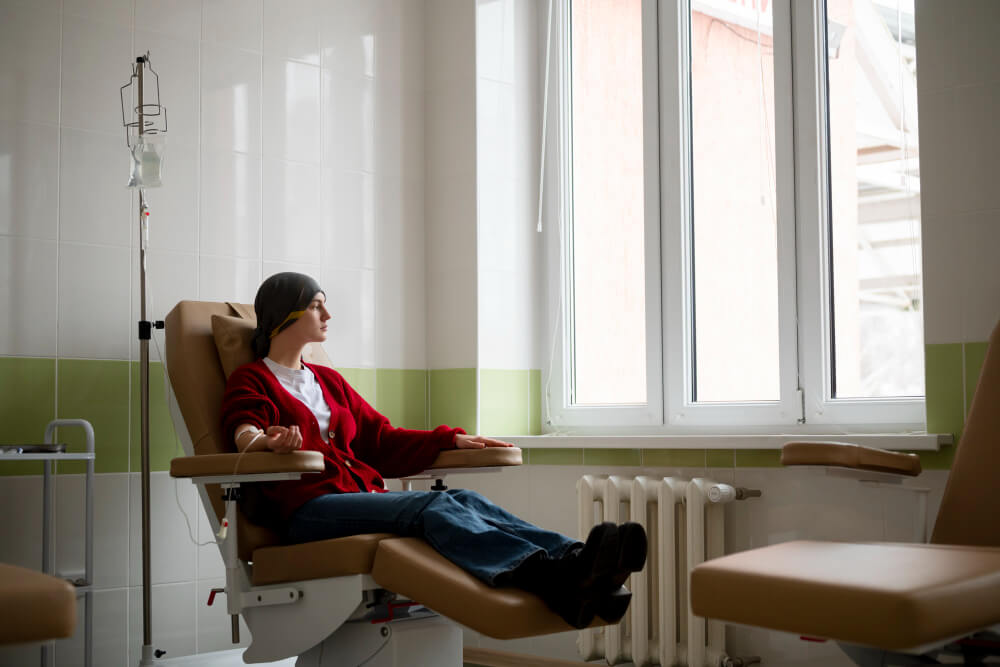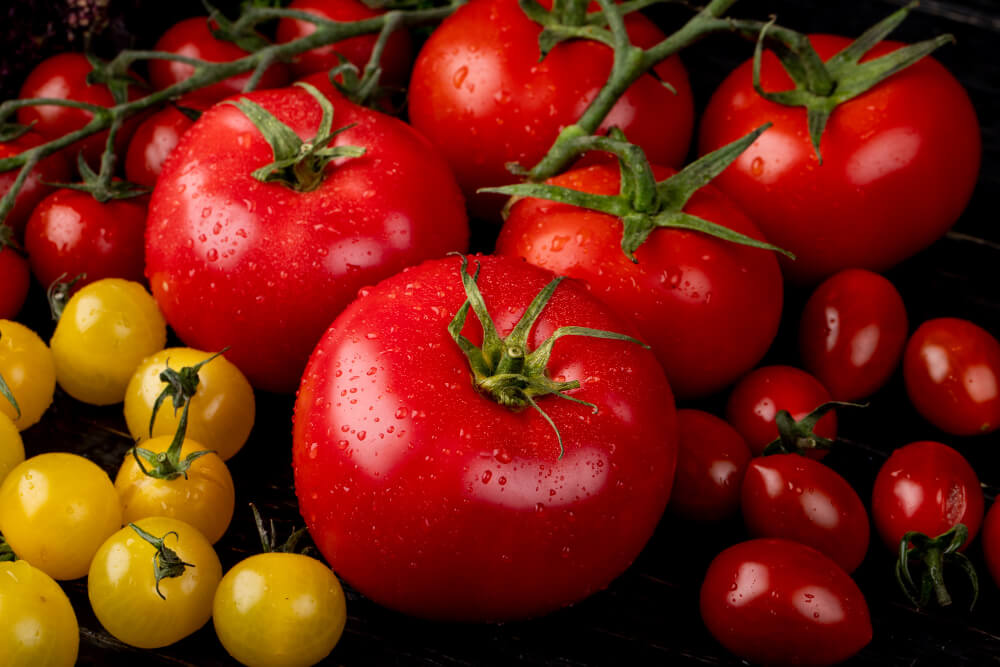Researchers from the Adam Mickiewicz University studied glycoalkaloids, biologically active substances
What are glycoalkaloids?
Glycoalkaloids are a familychemical compounds derived from alkaloids to which sugar groups are attached. Some are potentially toxic, most notably the poisons commonly found in the plant species Solanum dulcamara and other plants of the Solanum genus, including potatoes.
 Potatoes are a source of glycoalkaloids. Photo: en.freepik.com
Potatoes are a source of glycoalkaloids. Photo: en.freepik.com
In turn, alkaloids are a group of nitrogen-containingorganic compounds are also of natural origin, predominantly heterocyclic. They also include some neutral and even slightly acidic compounds biogenetically related to the main alkaloids.
How are they useful in cancer treatment?
Glycoalkaloids are known to inhibit growthcancer cells and can potentially kill them. Thus, the substances have enormous potential for future treatment. Studies conducted using computer simulations have shown that glycoalkaloids are non-toxic and damage DNA. They do not provoke the occurrence of tumors, although, in the long term, they can affect the reproductive system.
What glycoalkaloids have the experts studied?
The research team worked on fiveglycoalkaloids - solanine, chaconine, solazonine, solamargine and tomatine. They are present in crude extracts of plants of the nightshade family - Solanaceae.
The nightshade plant family includesThere are several widely consumed products, as well as many toxic ones. This is all because of the alkaloids they produce to protect against herbivores. However, previous research suggests that poison can turn into medicine if the right dose is taken. As Hippocrates said, “there is medicine in a spoon, poison in a cup.”
Two perfect vegetable poisons
After studies in laboratory conditions and onanimals (it was necessary to check how dangerous the substances are for the functioning of the body), scientists isolated solanine and chaconine. These are glycoalkaloids found in potatoes. However, their amount in the potato varies depending on the variety, as well as the temperature and lighting conditions to which they were exposed.
Experiments have shown thatsolanineprevents metastasis, and also blocks the appearance of carcinogenic compounds in carcinogens in the body.
 Patient during chemotherapy. Photo: ru.freepik.com
Patient during chemotherapy. Photo: ru.freepik.com
Metastases are foci of screeningtumors, and metastasis is the process of formation of metastases. As a result of tumor growth, individual cells can break off, enter the blood, lymph, and be transferred to other tissues. There they cause the growth of a secondary (daughter) tumor. In terms of structure, metastases usually do not differ from the parent tumor. An important difference between benign and malignant tumors is that benign tumors do not metastasize.
In addition, research on a specific type of leukemic cell has shown that solanine can kill cancer cells when used at therapeutic doses.
 Tomatoes are a source of glycoalkaloids. Photo: en.freepik.com
Tomatoes are a source of glycoalkaloids. Photo: en.freepik.com
In its turn,chakonincan be used to treat sepsis because it has anti-inflammatory effects.
It also turned out thatsolamargininhibits the reproduction of liver cancer cells andtargets cancer stem cells. They are thought to play an important role in cancer drug resistance. So it could be critical as an adjunctive treatment. In addition, solasonine, present in various plants in the nightshade family, is thought to attack cancer stem cells by targeting the same pathway.
Even tomatoes can be used in the treatment of the future, as they help the body regulate the cell cycle. This process helps kill cancer cells.
What's the bottom line?
The research team noted that more research is needed to find out how this in vitro potential can be best used in real life medicine.
“Even if we cannot replace anti-cancerdrugs that are currently used, it is possible that combination therapy will increase the effectiveness of treatment, ”the scientists explain. There are still many questions, but without a detailed knowledge of the properties of glycoalkaloids, it is impossible to find out, they conclude.
Read more:
Hydrogen energy, material against cold weather and bioadditives against COVID-19: what scientists are creating in the North
The egg was dropped from space: look what happened to it
"The Walking Dead" existed millions of years ago: scientists told how they appeared
Cover photo: “High-Tech” collage, photo sources— ru.freepik.com